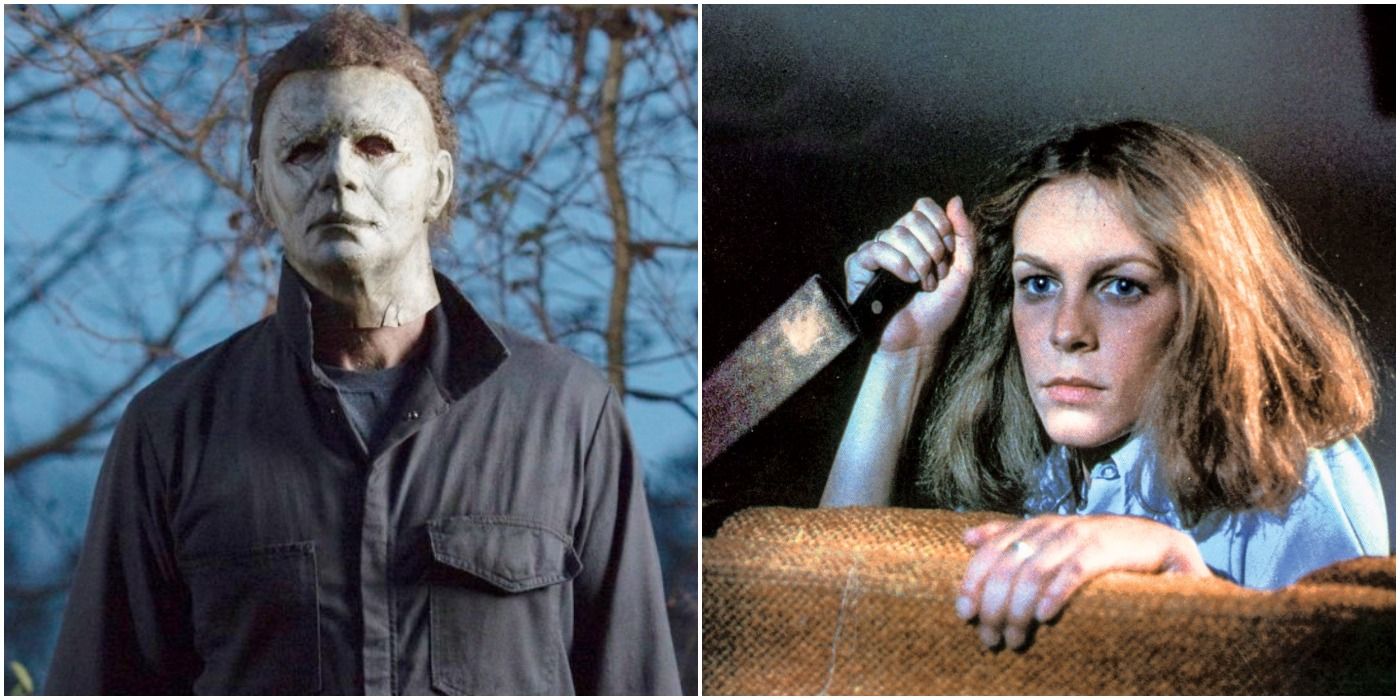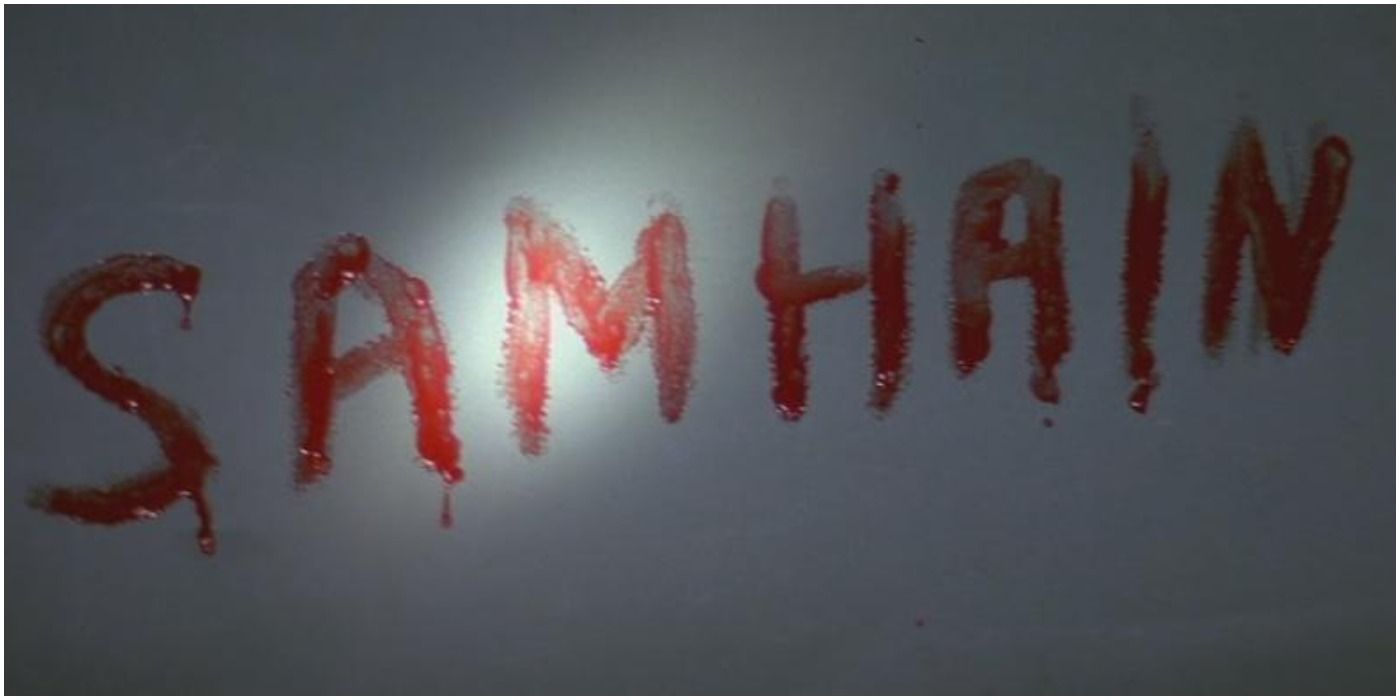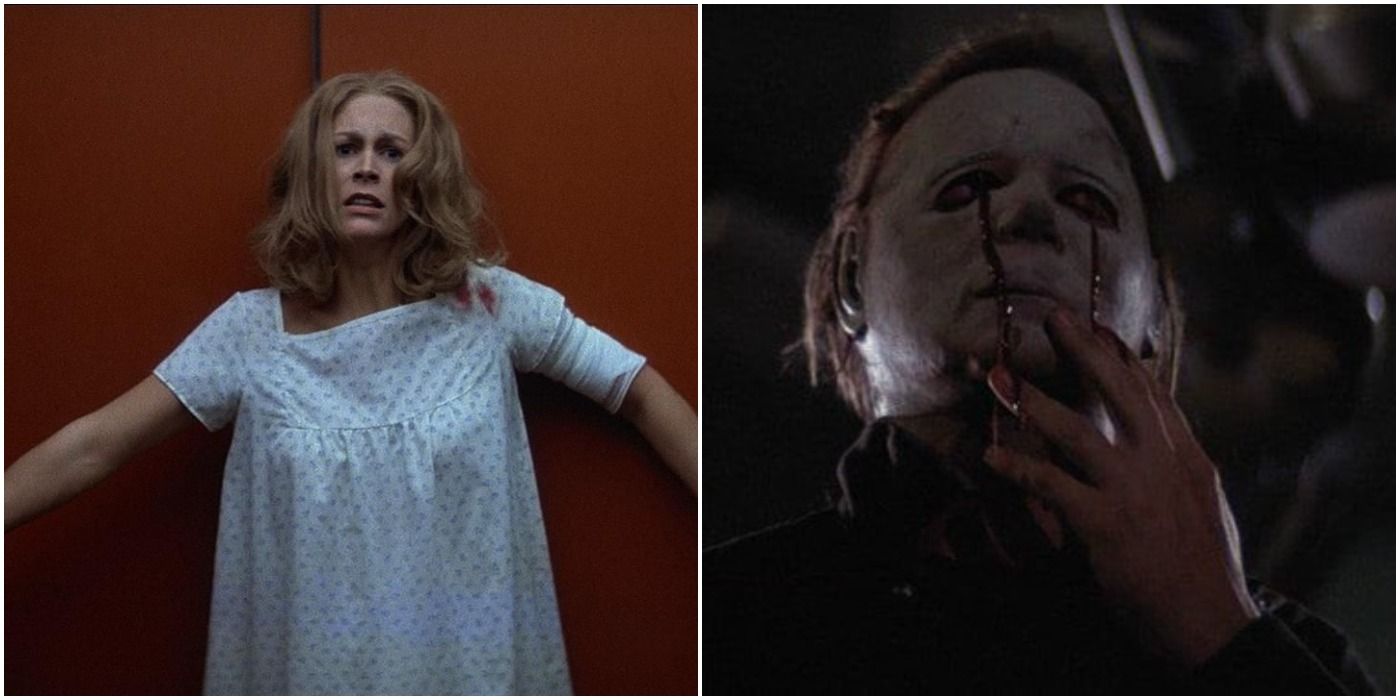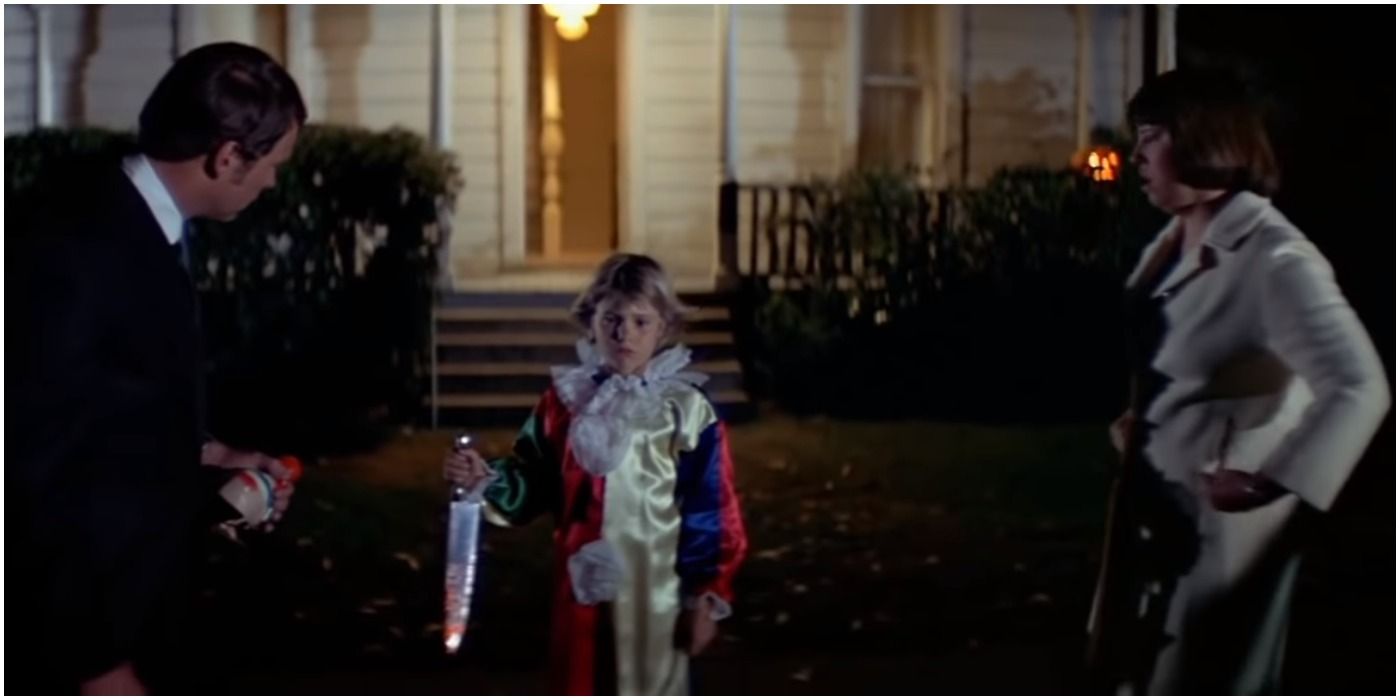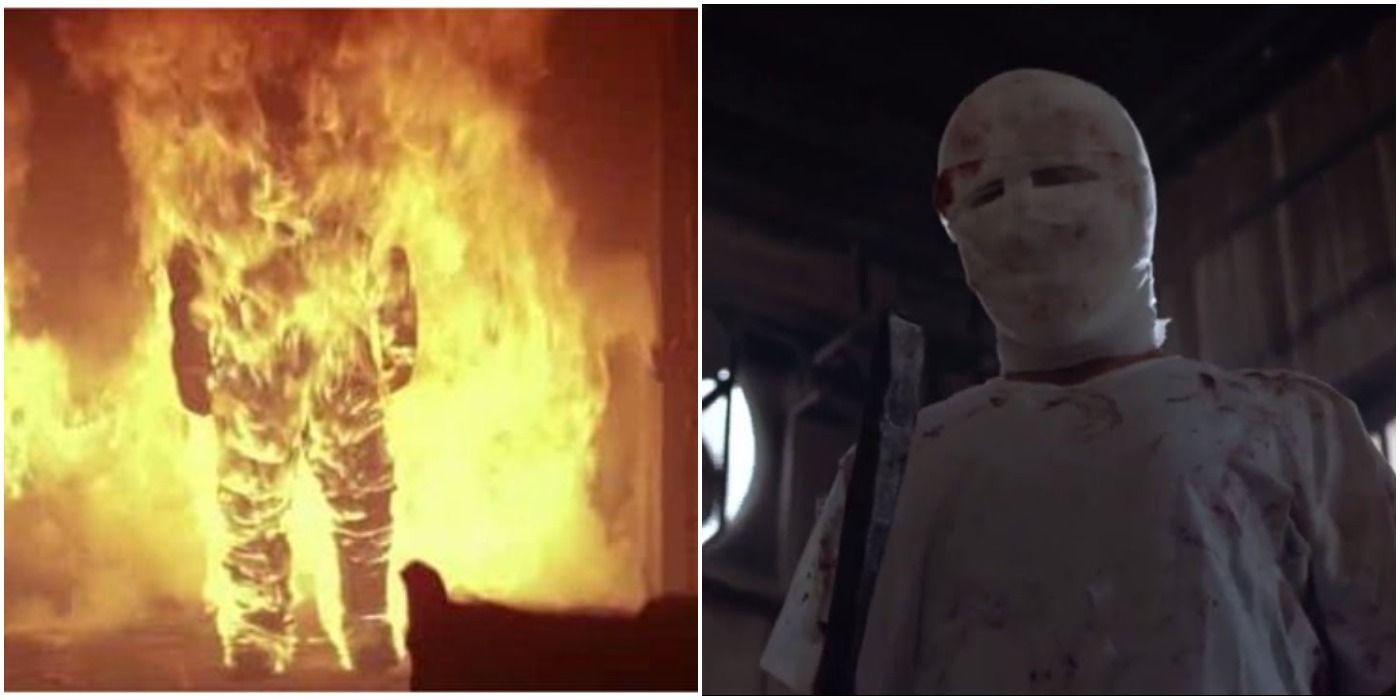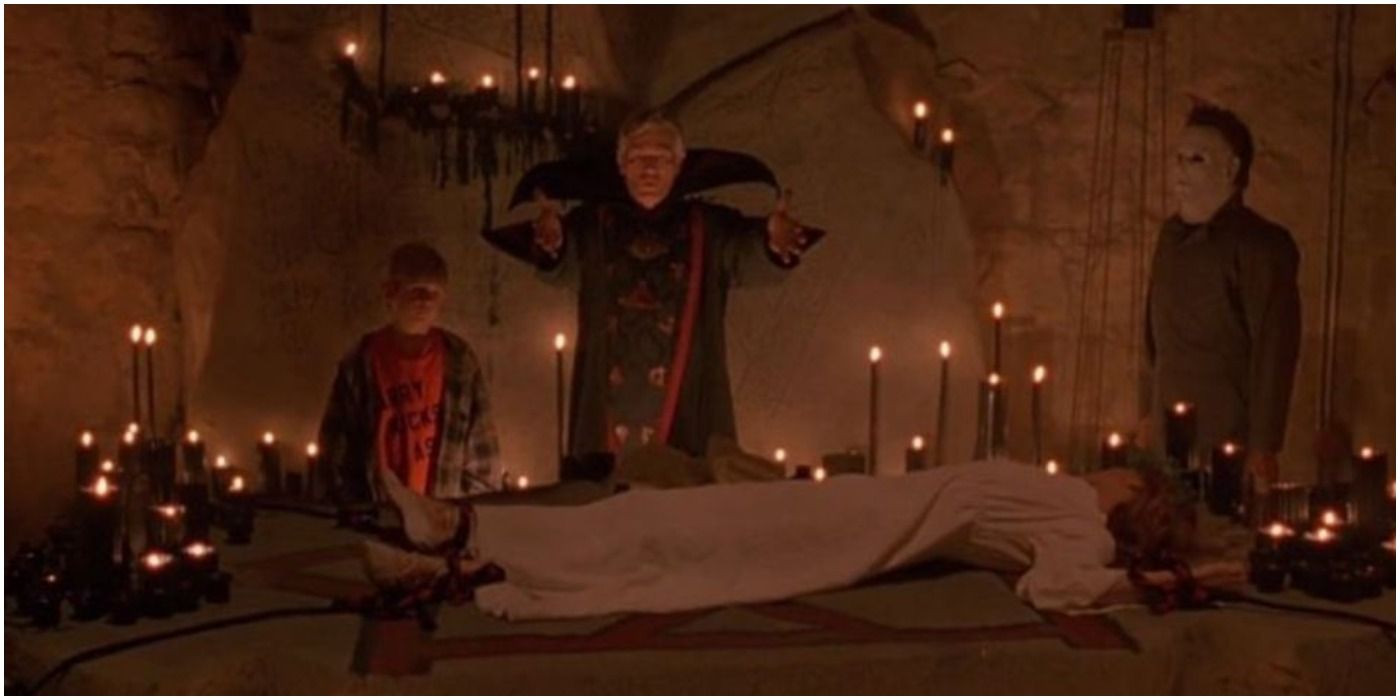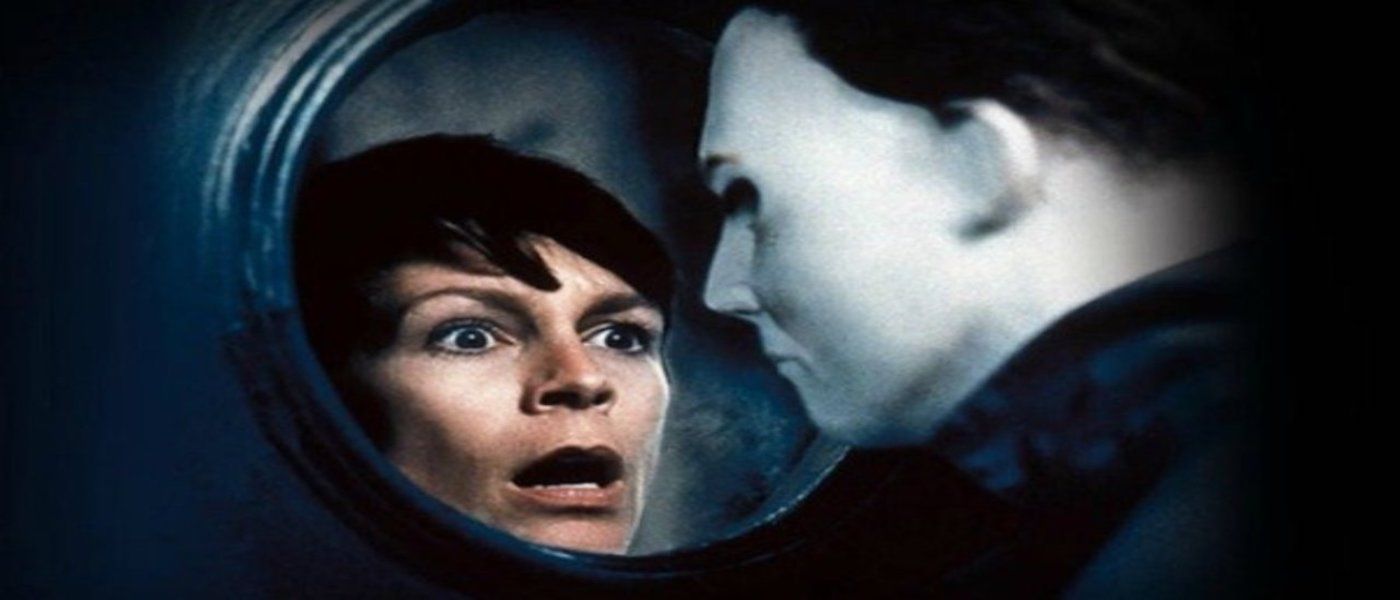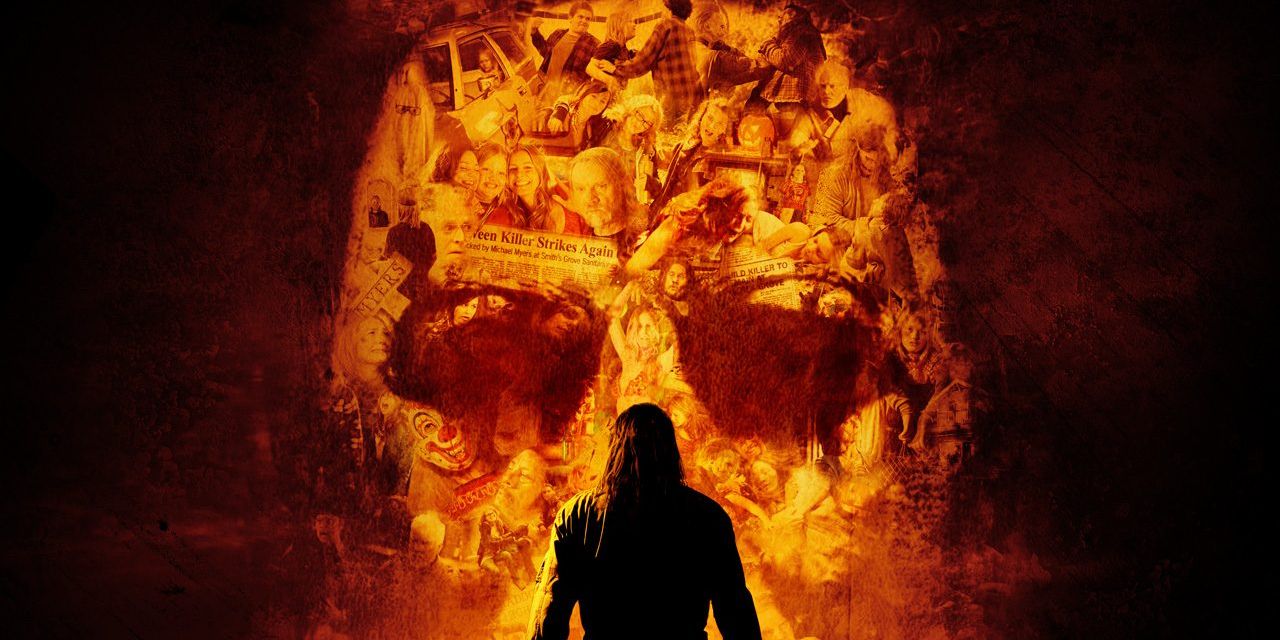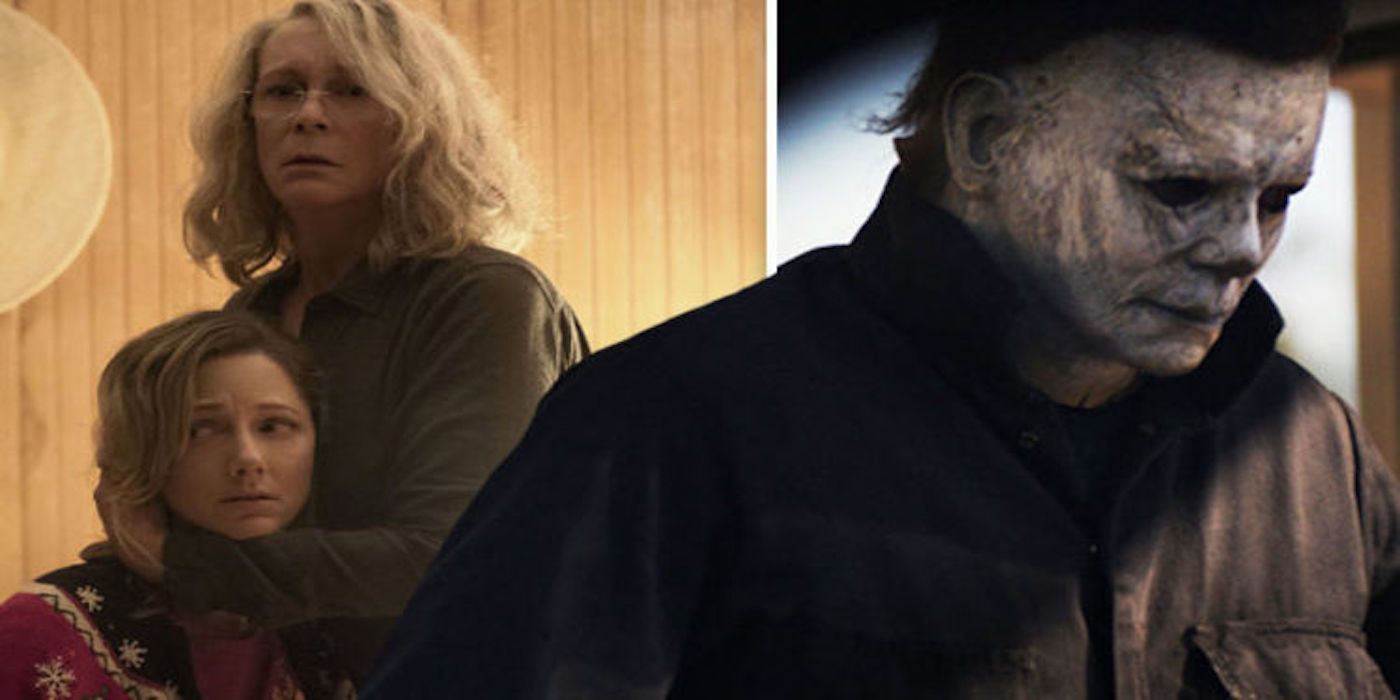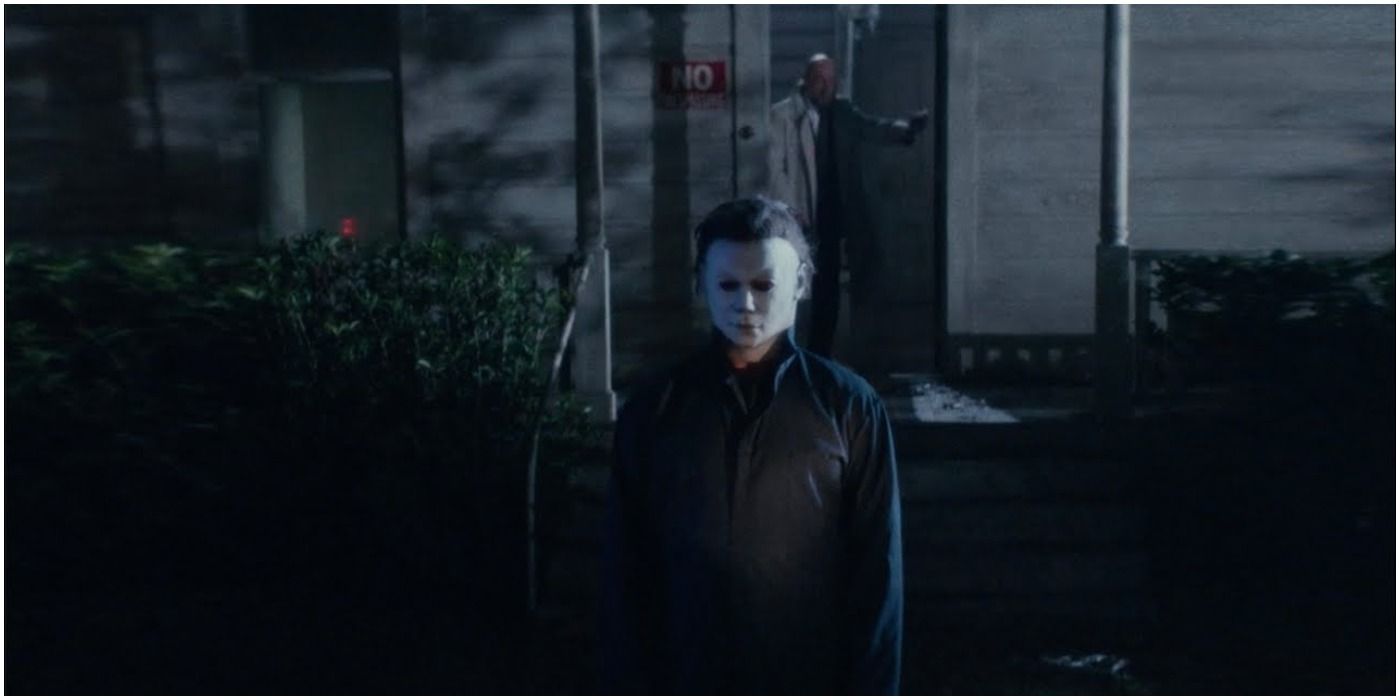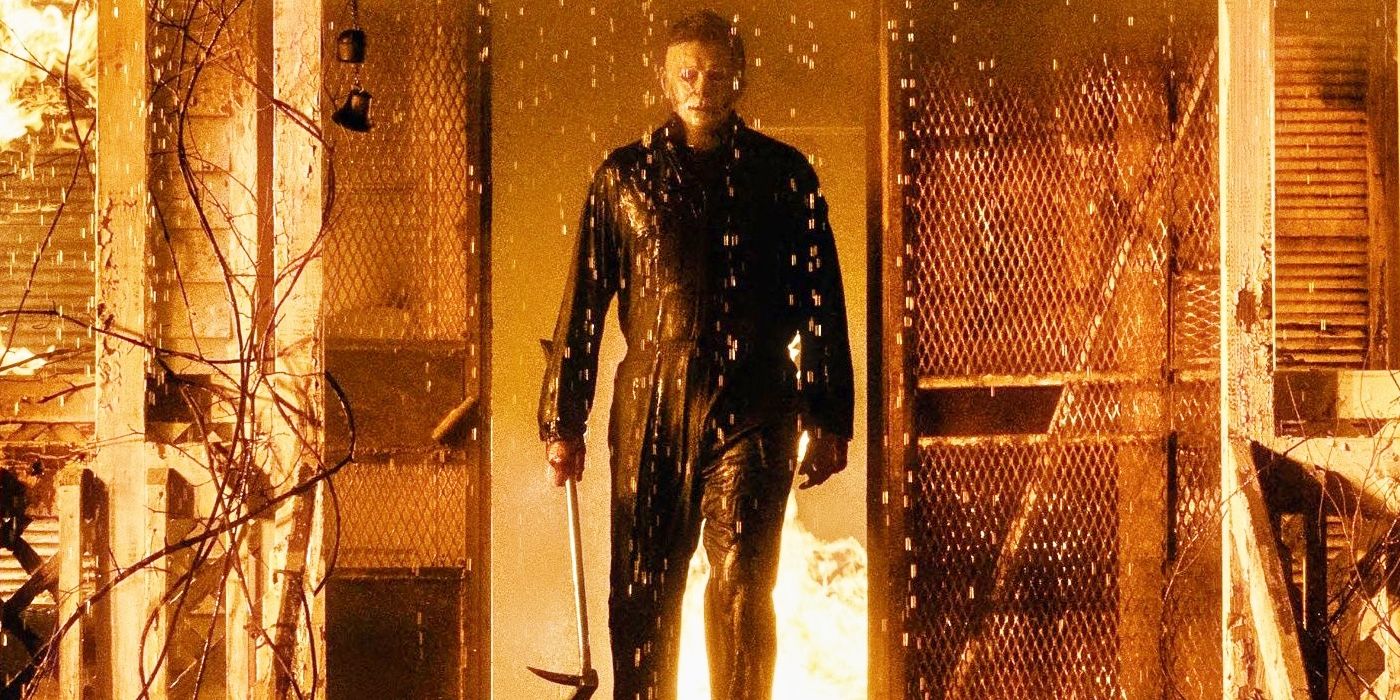In the original Halloween, Michael Myers is little more than a cipher of evil. The film presents a straightforward backstory for the Shape - he killed his sister Judith at age 6 then imprisoned under the watch of Dr. Loomis for 15 years - and no motivation for his evil beyond it being innate.
While it worked wonders for the original film, this lack of personality didn't lend itself to sequels - sequels that the original film's success made inevitable. Thus, later iterations of the franchise have added details to Michael's history and personality. Let's look at these abound mixed results.
10 The Novelization Of Halloween Rooted Michael's Origin In Pagan Myths
The first expansion of Halloween's mythology came in 1979 with the original film's novelization. Author Richard Curtis invents a prologue set in Druidic Ireland, circa 500 BC. A young man named Enda, spurned by his unrequited love Deirdre, daughter of King Gwynwyll, murdered Deirdre and her fiancé on the day of Samhain. Enda was condemned for his crime - not just to death, but to roam the Earth forever, Jacob Marley-style. When the novelization eventually comes to Michael, it's said he hears a voice in his head - a voice that may be Enda.
Samhain is alluded to in Halloween II, with Michael writing out the word using the blood of his victims. The otherwise non-canonical Halloween III also draws on Celtic mythology.
9 Halloween II Revealed He Was Laurie's Brother
Rick Rosenthal's Halloween II features the most famous revision to Michael's backstory - he was actually the older brother of protagonist Laurie Strode (Jamie Lee Curtis). Though the twist came from John Carpenter himself, it was a major alteration from the original, where Michael began hunting Laurie on a seeming whim.
Carpenter, never one for prevaricating admitted the reasoning behind this twist: “Well you know, that was the sequel. I didn’t want to direct it and I got forced into writing it; and look, it was 2 o’clock in the morning, I had a six-pack of beer, and it was the only idea I could think of.”
8 His Goal Went From Random Killing To Killing His Family
Michael's connection to Laurie introduced a wrinkle to his motivation - his killing wasn't entirely random. Instead, his persistent pursuit of Laurie was because he sought to kill his family. This element of his motivation carried over into later films, even ones without Jamie Lee Curtis. From Halloween 4-6, for instance, Michael's new target becomes Jamie Lloyd (Danielle Harris), the late Laurie's daughter and his niece.
7 In Halloween 4, He Was Retconned To Have Survived The End Of Halloween II
Halloween II was supposed to be the end of Michael's story. Indeed, the film ends with him caught in a gas explosion, his burning body emphasized by the final shot. However, when the Michael-less Halloween III failed, the series lingered for half a decade until The Return Of Michael Myers hit theaters in 1988.
True to its title, Michael is retconned into having survived the explosion. He spent a decade comatose, however, and his burn wounds mean he spends the first act of the movie covered in bandages.
6 Halloween 6 Gave A Supernatural Explanation For Michael
The Curse Of Michael Myers built on the series' earlier allusions to Samhain and offered an explicitly supernatural origin for Michael's evil. In this film, Michael was a pawn of the Thorn, a cult who derives power from the ritual sacrifice on Samhain night, aka Halloween. Michael's drive to kill his kin (in this movie's case, Steven Lloyd, son of Jamie) is to empower the Thorn. With the movie's negative reception, later films have discarded this element to Michael's backstory.
5 Halloween: H20 Did Away With Most Of The Previous Films
Halloween: H20 was released and named in honor of the series' 20th anniversary. It was approached with a back-to-basics mindset. For one, Jamie Lee Curtis returned as Laurie for the first time since Halloween II. The movie also did away with all the sequels after that film, which were superfluous to Michael and Laurie's relationship. Thus, all of Michael's history from "The Thorn trilogy" (4-6) was wiped away for H20.
4 Halloween (2007) Focused More On Michael's Early Life
Though advertised as a remake, Rob Zombie's 2007 Halloween is different enough from Carpenter's original to stand on its own. For one, the film includes an entire act worth of original material, giving Michael more of a backstory. The opening shows the young Michael being bullied both at home (by his stepfather and sister) and school - his mother Deborah is the only one who shows him compassion. That compassion isn't enough to restrain his latent impulses to kill, though.
3 Halloween (2018) Revealed He Isn't Laurie's Brother After All
David Gordon Green's 2018 Halloween went even further in rebooting the series than H20 had. This time, every film barring the original was wiped from canon. This meant that, among other things, Michael and Laurie were no longer siblings, and the mystique surrounding Michael's motives was restored.
Carpenter, who consulted with Green and co-writer Danny McBride, has voiced regret over connecting Michael and Laurie - it makes sense that he wanted to see it undone. However, the twist does get a nod when some Haddonfield High students mention Michael and Laurie being siblings, something Laurie's granddaughter Allison (Andi Matichak) corrects.
2 Halloween Kills Reveals How He Was Caught After The First Film
Halloween Kills returns to Halloween night, 1978, in its opening. This sequence follows up on the ending of the original film, depicting how Michael was caught that night in this rebooted continuity. After retreating from his encounter with Laurie and Loomis, Michael went back to his childhood home. Pursued by officers Frank Hawkins and Pete McCabe, Michael grabs McCabe and Hawkins accidentally kills his partner while aiming for the Shape. Outside, Michael is cornered by Loomis and the rest of the police, but a guilty Hawkins saves Michael's life - something he later regrets.
1 Halloween Kills Indicates He Kills To Gain Strength
Despite the 2018 film stripping Michael back to the essentials, Kills returns to hinting there's something supernatural about him. Laurie comments that "the more he kills, the more he transcends." Likewise, after appearing down for the count, Michael shrugs off a beating from a vigilante mob and cuts them all down, one by one. Whether this direction continues will only be answered by Halloween Ends.

